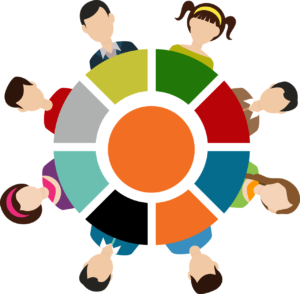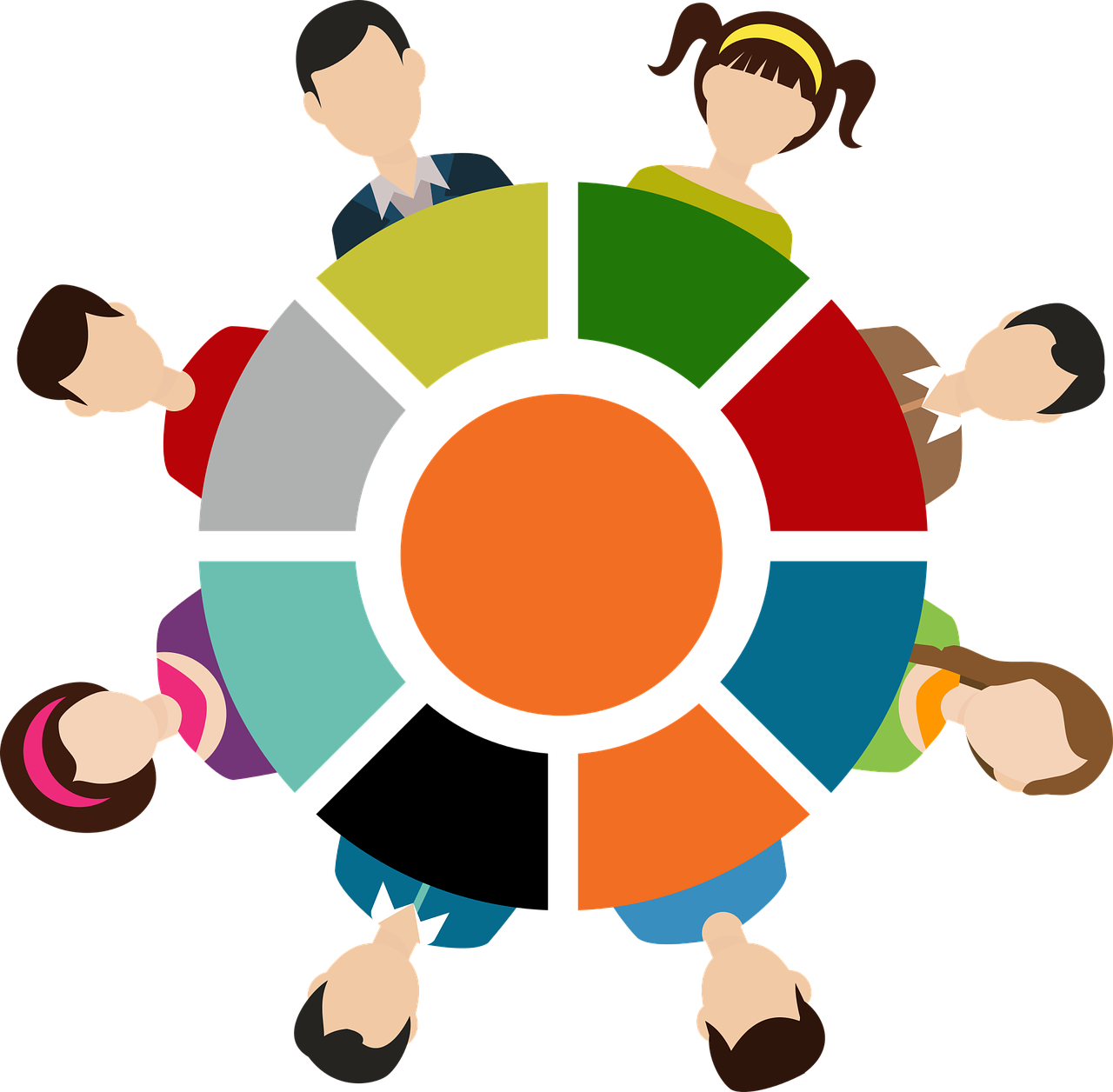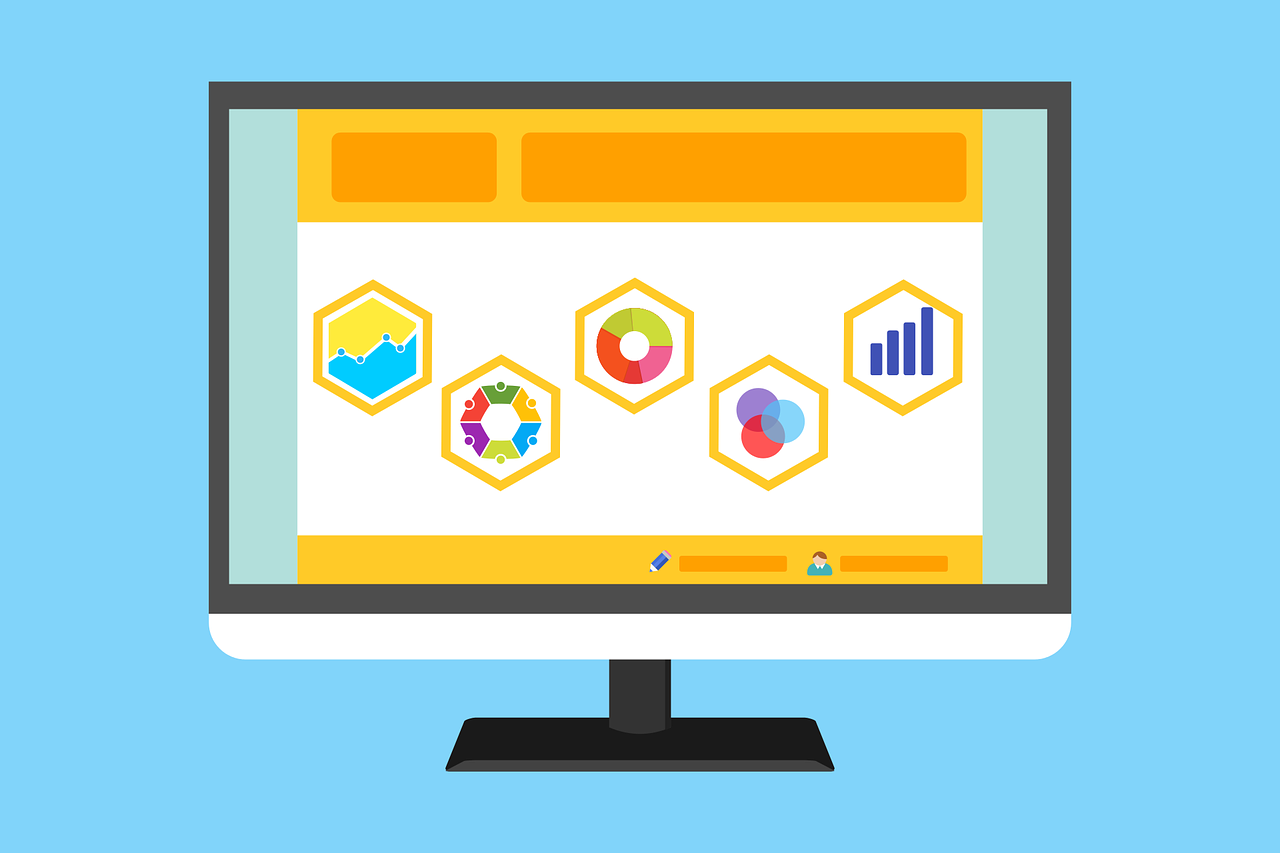3 Reasons Why A Restaurant Needs a Connected Technology Stack
In a post-pandemic world it comes as no surprise that technology is a driver of business for restaurants. The global COVID-19 pandemic highlighted the necessity for almost all restaurants to have a virtual ordering system partnered with a technology solution for receiving and processing these orders.
Online ordering systems are just one piece of the larger technology stack -the group of software and programs used by a business- available to restaurants. These programs range from accounting software to reservation systems, and, whilst useful, there is a fundamental flaw in most restaurant’s technology stack preventing them from reaching their full potential.
Many of these technology solutions are closed loop systems, i.e. not connectable to other systems. These systems work well at optimizing a particular element of business, but they lack the ability to connect with other systems which means they falls short of what today’s restaurants need from their technology. Utilizing a connected technology stack can greatly help a restaurant in every faucet of its business and there are three main reasons as to how and why a connected technology stack does this.

Reduced Human Error

Human error happens. It happens in all businesses, in all walks of life, and eliminating it is one of the main drivers of automation. We cannot, and do not want to, entirely remove the human element from restaurants because these interactions are one of the main reasons people dine out. We can however utilize technology to reduce human involvement in certain processes and therefore reduce the possibility of human error.
Example: Connecting POS systems to accounting and inventory software allows for important number crunching to be completed by the accounting software without the need for a human element to collect the data from one system and then input it into another.

Better Customer Data
It is a well known fact that many 3rd party delivery services don’t provide restaurants with customer data. Owning customer data is key to informing marketing efforts, allowing restaurants to refine their target markets and their advertising materials accordingly.
Capturing customer data is all well and good, but if that data is fragmented across multiple different, uncommunicative systems then it is impossible to use that data to inform and execute meaningful action. A connected technology stack which consolidates and stores customer data provides managers and decision makers with key insights into who they’re servicing and how to improve their marketing strategy.
Example: Connecting POS and reservation systems means a restaurant can create better customer profiles, allowing a host to welcome a guest by name, a server to know their favorite dish or drink, and a manager to know which tables they should pay a little more attention to.


Insightful Reporting and Analytics

Reports are a financial tool that restaurants use on a daily basis to help with accounting. Transaction summary reports are used on a daily basis, but there are other reports that are used less frequently to inform decisions across all elements of restaurant administration; from menu decisions to scheduling decision.
As technology becomes more integrated into a restaurant’s processes reports and analytics should become richer and more readily available. If, however, the software and programs being used are not collating data effectively, then human collection is needed in order to generate these reports.
Not only does this introduce the potential for error but it also costs time and money. As a result many insightful reports are run as rarely as possible in order to save this time and money. Having a technology stack that automatically collates data can allows access to accurate and in-depth reports at a few clicks of a button. This ease of access to rich and meaningful reports provides managers with regular access to actionable insights into how they can improve their business.
Example: Using an inventory input tool which links to a POS system and its sales data allows managers to quickly spot any anomalies in their stock levels. It also brings forward the possibility of better stock management to further reduce wastage.
A Final Word
Selecting the right systems and creating a fully connected technology stack for a restaurant can enhance data capture, improve service, and, most importantly, increase profitability. Some restaurants may have multiple, high quality technology solutions in place, but the fragmented nature of their technology stack prevents them from taking full advantage of the data they’re collecting and storing about their customers and their business.
The POS system is at the center of any technology stack and selecting one which can be integrated with other systems and softwares creates an excellent foundation for more insightful business management and increases the prospect of running a profitable business.